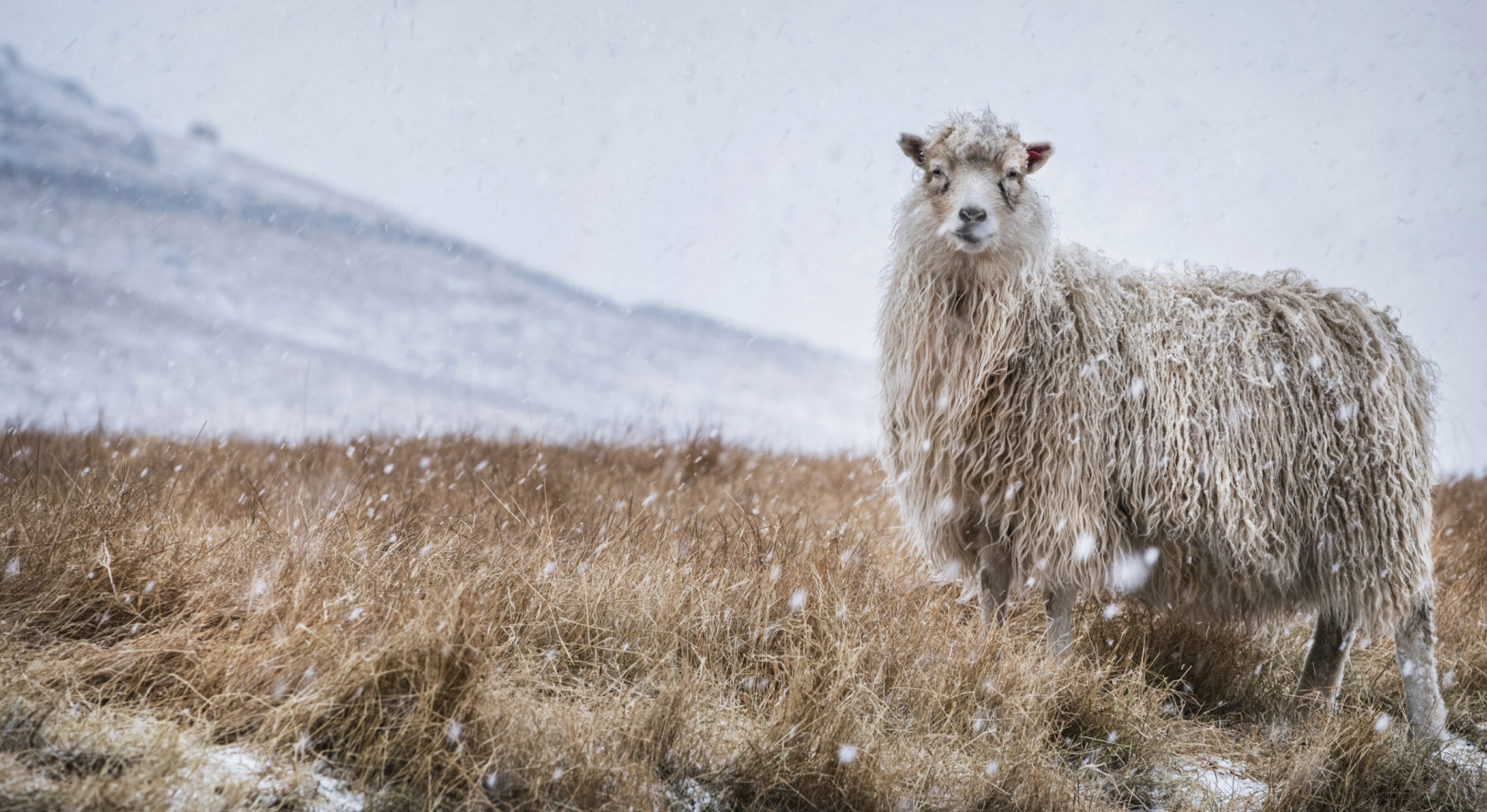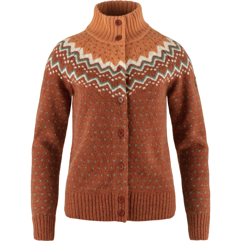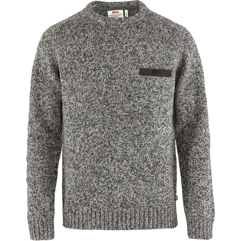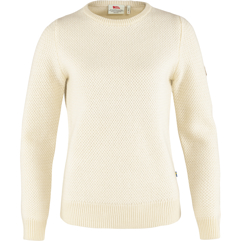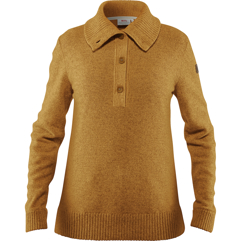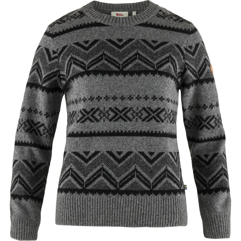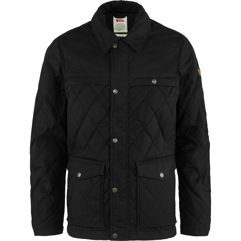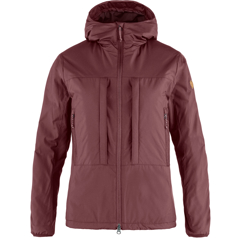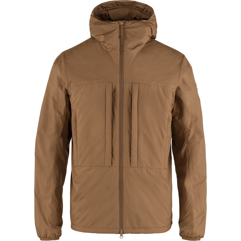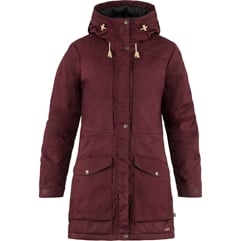
Warm in Cold Weather
Wool is a great insulator due to the naturally elastic and bendy fibers that trap air very well. The fibers also have low heat conductivity and don't pull heat the from your body, so when it's cold outside, the heat stays inside. Wool is also naturally hydrophobic and therefore sheds water. These are properties that we make good use of in our jackets.
Shop Jackets

